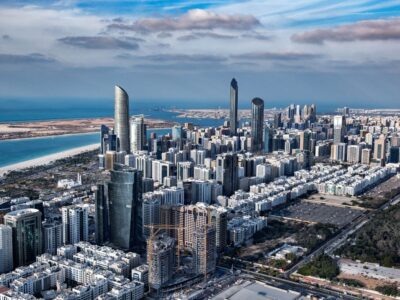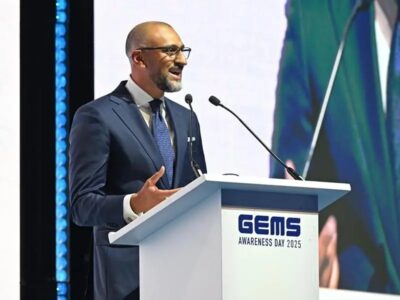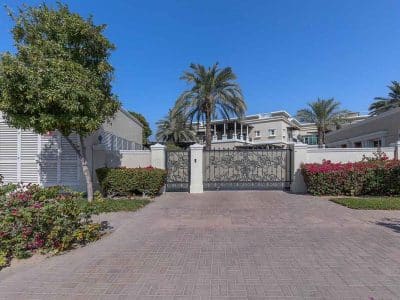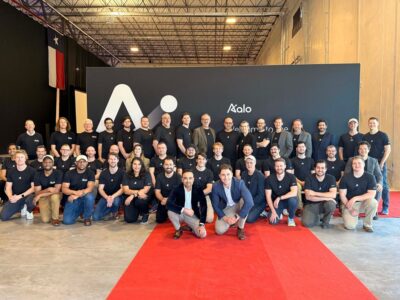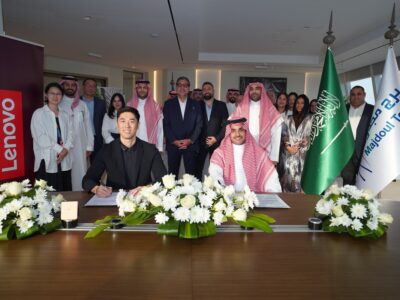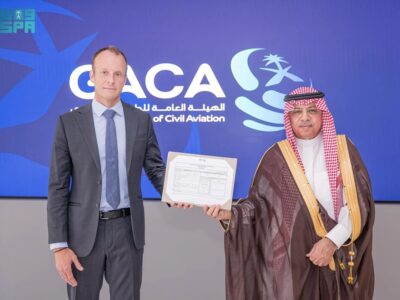The UAE’s Burj Al Arab is generally acknowledged as being one of the best hotels in the world. Designed to resemble a billowing sail, the building soars to a height of 321 metres, dominating the Dubai coastline. At night, it offers an unforgettable sight, surrounded by choreographed colour sculptures of water and fire. This all-suite hotel epitomises the Dubai lifestyle and reflects the finest that the world has to offer.
The hotel is part of the dynamic and fast growing Dubai-based luxury hospitality group Jumeirah, and it claims to be the most luxurious hotel in the world, catering to sophisticated business and leisure customers.
Located in the heart of the Gulf’s hospitality industry, Burj Al Arab is known worldwide for its exceptionally high standards. Many of its guests are repeat customers who appreciate the hotel’s commitment to providing a unique experience on each visit. For this reason, and in line with parent company Jumeirah’s “Stay Different” slogan, Burj Al Arab wanted to offer guests early access to “world leading” IT. The hotel management decided to equip each of the Burj Al Arab’s 202 guest suites with laptops which were running Microsoft Windows Vista Enterprise Edition and the 2007 Microsoft Office system.
Frederick Sabty, director of IT at Burj Al Arab, says: “Our aim is to be different and an innovator at the cutting edge of technology. We offer the world’s best service, the best food and beverages, the most luxurious accommodation and the best IT. We wanted to make it even easier for our guests to access their e-mail messages, the internet, and multi-media content.”
Burj Al Arab has begun the migration to a new operating system for back of house operations, but the 202 suites – there are no rooms at Burj Al Arab – have come first.
“Our guests are our top priority,” says Sabty, who is also using the 2007 Microsoft Office system. “Having made the decision to switch to the best, we wanted to be up and running with the new system within three weeks. By becoming an early adopter of a new system, we are putting our guests on the first step of a big staircase because eventually they will all be using it for their business and leisure.”
Burj Al Arab invited Microsoft Gold Certified Partner KalSoft to implement the technology for 206 laptops for all 202 suites after choosing Microsoft Windows Vista and the 2007 Microsoft Office system.
The deployment tool used was Microsoft Solution Accelerator for Business Desktop Deployment (BDD) 2007, which provides tools and guidance for deploying Microsoft’s Windows Vista and the 2007 Microsoft Office system.
Shahid Roofi Khan, solution architect at KalSoft, says: “The deployment takes just 18 minutes at the end machine and only two clicks of the mouse to get the laptop ready for the end user. Working with the hotel, we have provided full back up for the live environment with excellent connectivity.” Fast time to market was also a concern for Burj Al Arab. “If we had used manual deployment, it would have taken a lot more time,” says Khan. “There were, of course, lessons learned, as there are with any new technology, but we were well supported by Microsoft Services in the event of any escalation issues. After the implementation in late October, it was ready for go live in just 23 days.”
The BDD solution is indispensable for Burj Al Arab. Khan adds: “Considering the number of machines that need to be deployed and maintained, and the changes to the ‘desired golden configuration,’ it would have been impossible to manage the diversity of changes otherwise.”
The applications deployed alongside Windows Vista and the 2007 Microsoft Office system provide guests with a wide range of solutions for business and leisure use. The project required KalSoft and Microsoft to transfer knowledge about the new technology to the Burj Al Arab’s IT support team to ensure guests could benefit from the new round-the-clock functions as soon as possible.
The benefits of implementing the software were plentiful. The Burj Al Arab’s guests are discerning travellers accustomed to the latest and best in hospitality services.
IT is no exception. The visual sophistication of Windows Vista helps streamline guests’ computing experience by refining common Windows functions so the user can focus on the screen’s content rather than how to access it.
The software also provides guests with a more informative, intuitive, and helpful desktop experience. It also provides greater clarity for the information on the computer, so users can see what files contain without having to open them.
Other notable benefits include an improved search function for files and applications, more efficient navigation and easier-to-use functionality, new deployment tools for rapid implementation in guests’ suites, built-in entertainment features and improved Internet surfing for guests through the new Internet Explorer 7.
The entire implementation took just three weeks, with the hotel guests now enjoying a streamlined computing experience, easier navigation, and instant access to e-mail messages, the internet, and multi-media entertainment channels.
Sabty adds: “We have always been an innovator. We were early adopters of Microsoft Windows XP Home Edition for our guests. Soon, everyone will be using Windows Vista and the 2007 Office System, and we want to be the first.”
The Burj Al Arab also recently implemented Trapeze Smart Mobility Solution. The award-winning implementation included 500 access points with Wi-Fi phones, internet access, guest access with IPTV streaming over wireless for their mobile station The hotel also implemented GSM synchronisation.
The hotel is undeniably one of the most technically advanced in the region. It is only a matter of time before it will see further IT advancements.
Who?
Burj Al Arab.
What?
Microsoft Windows Vista Enterprise Edition and the 2007 Microsoft Office system.
When?
October 2006.
Why?
To streamline guests’ computing experience by refining common Windows functions so the user can focus on the screen’s content rather than how to access it.
